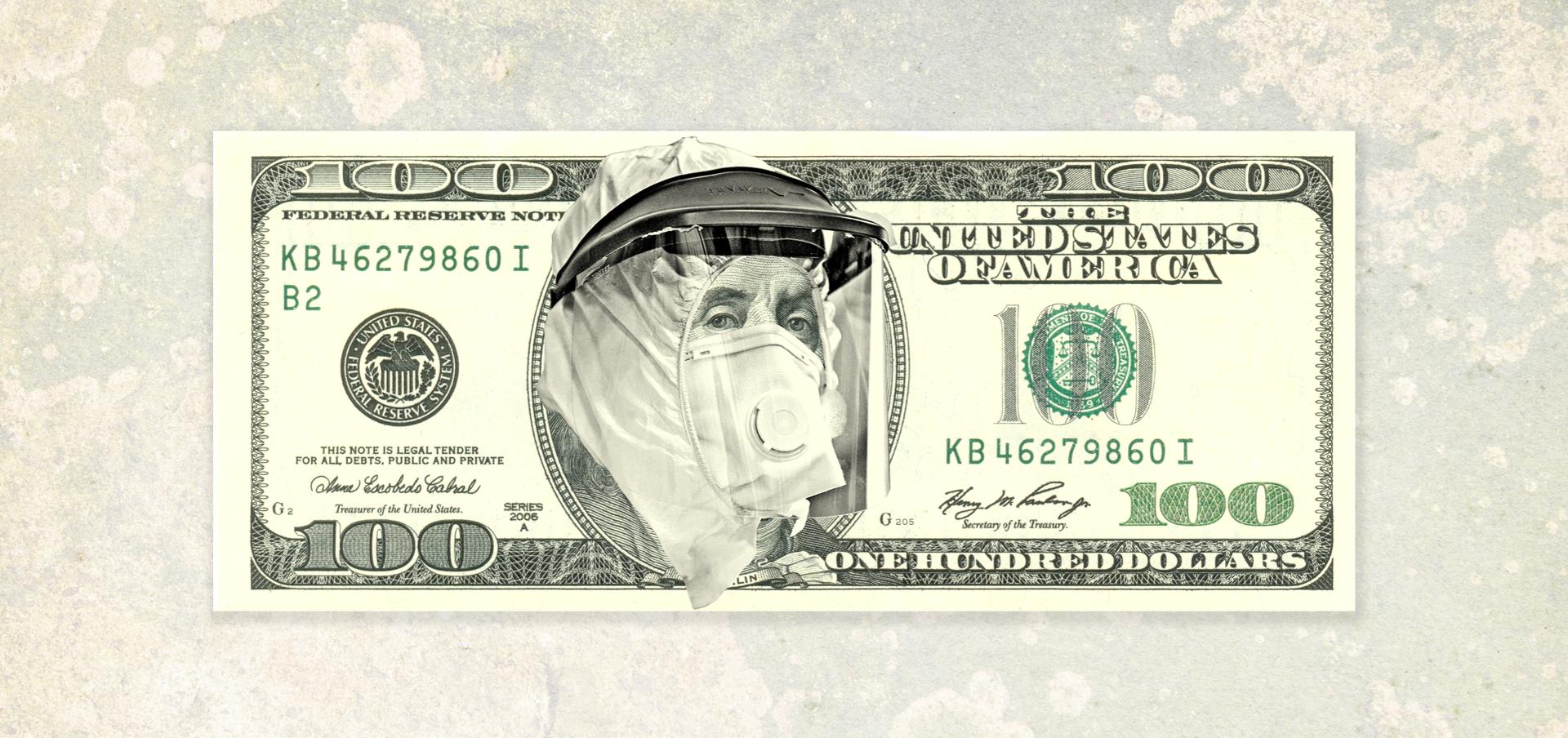With the market already down nearly 15% from its recent high, the coronavirus-triggered plunge may turn into one of the fastest bear markets to hit U.S. stocks ever. But, believe it or not, a passive investment in the S&P 500 may be the best way to ride out and ultimately profit from the storm.
The global contagion is slowing international travel. Oil is plunging as traders anticipate falling demand for jet fuel from airlines. Energy stocks like ExxonMobil are trading at lows not seen since the 2008 crisis. Stocks of brick and mortar retailers, malls, movie theaters, cruise ship operators, amusement parks and airlines are also plummeting as investors forecast people hunkering down at home.
As coronavirus spreads, the problems at these companies will worsen and cyclical sectors that track closely with global gross domestic product growth will also suffer. This morning, the industrial and materials sectors went into the red, posting negative returns for the past 12 months. They joined energy, down 31% over the year, as the only sectors to lose money. The S&P 500 is still ahead 7% higher than where it was a year ago.
Here’s the good news: Your index fund already predicted all of this.
Even before the coronavirus became a global crisis, the S&P 500 was under-weighted in the types of stocks that were most vulnerable to the outbreak and it was heavily over-weighted in the software, internet, online retail and social media companies that are likely to either weather the storm, or thrive.
Almost a quarter of the S&P 500 index is comprised of the ten biggest companies in America by market capitalization: Microsoft, Apple, Amazon, Facebook, Berkshire Hathaway, Alphabet (Google), JPMorgan Chase, Johnson & Johnson, Visa and Wal-Mart.
These companies have pristine balance sheets and strong long-term growth prospects to manage through the outbreak. Some may also see increased sales as people stockpile food and health safety products, or benefit from people staying at home. About half of the overall S&P 500 is in information technology, healthcare and communications stocks —all unlikely to see major long-term disruptions due to the outbreak.
On the other hand, the types of businesses that are in free-fall, such as energy and retail, hardly make a dent as a weighting in the S&P 500. For instance, the entire energy sector entered 2020 at about the same weight as Apple alone. Thus energy’s 20% plunge over the past month is causing relatively minor pain. Retailers like Macy’s, Gap and Nordstrom that may struggle further are also minor weightings, in addition to small-sized drillers like Cimarex Energy, Helmerich & Payne, Cabot Oil & Gas and Devon Energy. Indexes tracking smaller stocks, like the Russell 2000, or beaten down value stocks, have also fallen more than the S&P. Year-to-date, they’ve dropped 11.7% and 14.3%, respectively, while S&P has shed 7.8%. The Dow Jones Industrial Average is off 14% from a record high close on February 12.
While holders of the S&P have sidestepped the worst stock implosions since the outbreak, they’re also big holders of potential beneficiaries.
Johnson & Johnson, UnitedHealth Group and Procter & Gamble are about 1% index weightings and they could see an uptick in sales as people all the world prepare for the virus’s spread. If more people begin to work from home, companies like Microsoft will benefit as demand spikes for its suite of cloud products including email and remote working services. Wireless carriers like Verizon and cell tower giants SBA Communications and American Tower will benefit from rising smartphone and internet activity. Any surge in online sales will help ecommerce companies like Amazon and logistics warehouse operator Prologis as well as another S&P 500 member Equinix, one of the largest data center real estate investment trusts. Streaming services like Netflix and internet giants like Google and Facebook will also see a boost in eyeballs from masses of homebound Americans.
Original Source:
https://www.forbes.com/sites/antoinegara/2020/02/27/why-your-index-fund-is-built-to-survive-the-coronavirus-outbreak/#7f82e3b1b3bc













